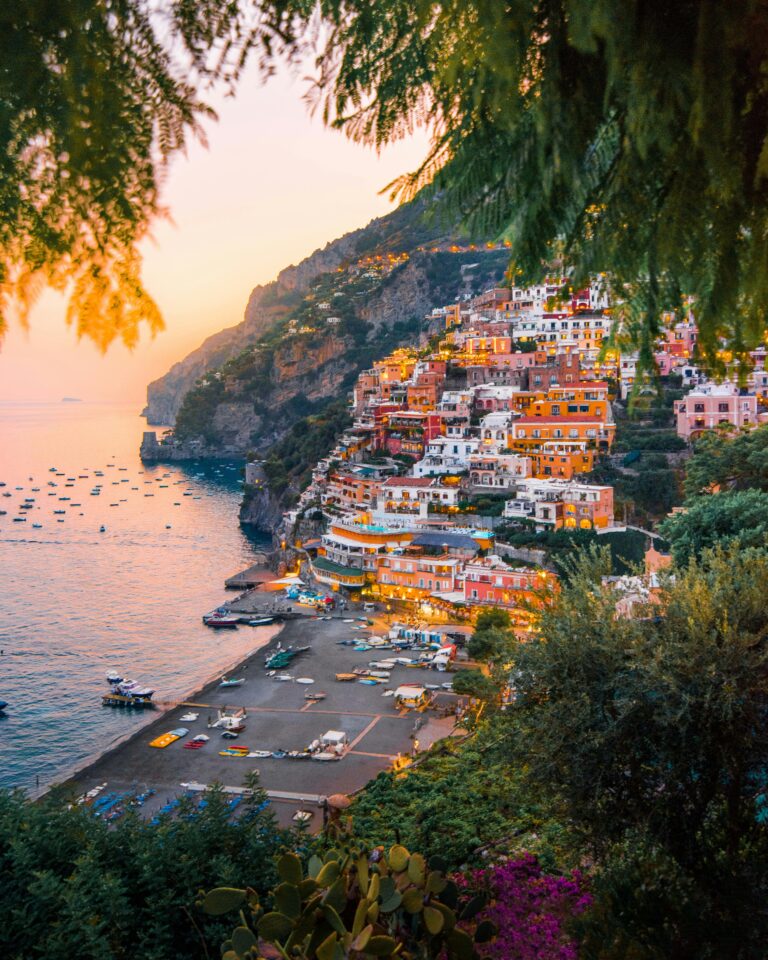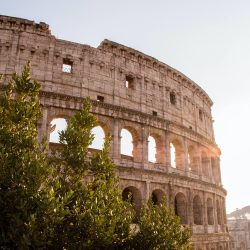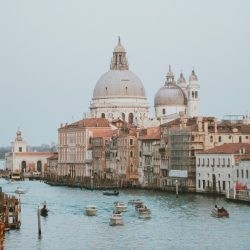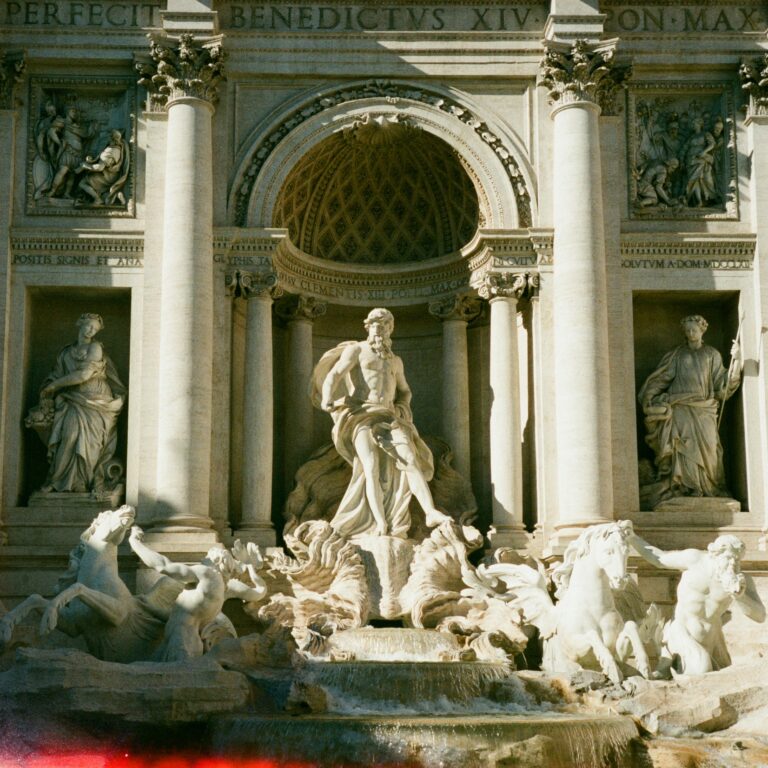Travel Guide
Italy
Italy is a country rich in history, art, and THE BEST cuisine. From iconic landmarks like the Colosseum and Venice’s canals to scenic countryside and charming villages, Italy offers a diverse experience for every traveler. To this day, Rome remains my all time favorite city in the world. But Italy has so much more to offer than their capital city. This guide covers the best destinations, travel tips, visa requirements, safety advice, and suggestions for solo travelers.
Essential Italy Travel Information
Best Time to Visit Italy
April to June and September to October for pleasant weather and fewer crowds.
Summer (July-August) can be hot and busy, especially in tourist hotspots.
Recommended Travel Duration
At least 10 to 14 days to explore key cities and regions.
Italy Travel Budget
Approximately €40–€120/day depending on style (budget to mid-range).
Currency
The official currency is Euro (€).
Credit Cards & ATMs
Credit cards are widely accepted in cities, hotels, and restaurants, but carrying some cash is recommended in small towns and markets.
Transportation in Italy
Excellent train network (Trenitalia, Italo) connects major cities. Regional buses and ferries serve smaller towns and islands.
Basic Italian Phrases
Ciao – Hello; Grazie – Thank you; Per favore – Please; Scusi – Excuse me.
How to Plan Your Trip to Italy: Best Tips & Itinerary
Italy offers endless options, so planning depends on your interests. For a first visit, a classic route might be Milan→ Venice/Florence→ Rome→ Amalfi Coast.
For nature lovers, consider the Dolomites or Tuscany’s countryside.
I recommend 10 to 14 days for a well-rounded trip.
Check out my 2-Week Italy Itinerary for detailed plans and off-the-beaten-path tips.
Procuring education on consulted assurance in do. Is sympathize he expression mr no travelling. Preference he he at travelling in resolution. So striking at of to welcomed resolved. Northward by described up household therefore attention. Excellence decisively nay man yet impression for contrasted remarkably.

Best Time to Visit
Italy
Italy’s climate varies, but generally, I’d recommend visiting Southern Italy and the big cities in Spring and Autumn. Northern Italy is best in Summer or, for skiing, in Winter.
Spring (April–June): Ideal weather, blooming landscapes, fewer tourists.
Summer (July–August): Hot and crowded, especially in cities and coastlines.
Fall (September–October): Comfortable weather, harvest festivals, fewer crowds.
Winter (November–March): Great for skiing in the Alps and enjoying quieter cities, but some attractions close off-season.
Italy Travel Safety Tips: Avoid Pickpocketing & Stay Secure
Italy is mostly safe, but watch out for pickpockets in busy tourist areas like Rome’s Termini Station, Florence’s train station, and popular squares.
Avoid poorly lit areas at night.
Keep valuables secure and be aware in crowded markets.
Emergency number is 112 across Italy
Traveling solo in Italy is rewarding and generally safe. Italians are friendly and helpful, especially in tourist areas. I recommend staying in well-reviewed hostels or guesthouses, and always being mindful of your belongings in crowded places
Best Places to Visit in Italy: Must-See Destinations
Italy is a country with an interestin history, amazing art, and stunning landscapes, offering something for every traveler. Whether you love ancient ruins, romantic cities, or gorgeous coastlines, these are some of my must-see destinations for your own itinerary:
- Rome – Italy’s bustling capital, filled with ancient landmarks like the Colosseum. I can’t stop talking about this city honestly.
- Florence – The cradle of the Renaissance, famous for its art, architecture, and museums.
- Venice – The unique city of canals, gondolas, and stunning historic architecture.
- Amalfi Coast – Dramatic cliffs, colorful villages, and beautiful Mediterranean views.
- Cinque Terre – Five charming seaside villages with hiking trails and vibrant culture.
- Naples & Pompeii – Gateway to the Amalfi region, rich in history and archaeological wonders.
- Tuscany – Rolling hills, vineyards, and medieval towns like Siena and San Gimignano.
- Sicily – Diverse landscapes, ancient ruins, and delicious cuisine on the island’s shores.
- Lake Como – Elegant villas and serene lakeside views surrounded by mountains. I would get married there!
PS: You might wonder: Where is Milan? Well, the city didn’t quite work for me, but it could be something for your itinerary anyway 🙂

Rome
Italy

Florence
Italy

Venice
Italy

Sicily
Italy
Want more tips? Check out my Italy Hidden Gems Guide or my 2-Week Italy Travel Itinerary!

Italy Visa & Entry Requirements: What You Need to Know
If you’re planning a trip to Italy, it’s essential to understand the visa and entry requirements to ensure a smooth journey. Here is what I know:
- Visa-Free Entry is possible for most european countries, australia, japan, and many more (for stays up to 90 days within a 180-day period)
- If you're from a country that requires a visa to enter the Schengen Area, you'll need to apply for a Schengen Visa. Italy is part of the Schengen Area, so the visa allows you to travel to Italy and other member countries.
- Upon entry, make sure you have your passport and that its valid for at least 3 months beyond your planned departure from the Schengen Area
- For detailed and country-specific information, I'd recommend you visit the official Italian Ministry of Foreign Affairs website or contact the nearest Italian consulate or embassy.
Why You Should Travel To
Italy
Italy is a destination that offers an incredible variety of experiences packed into one country. Whether you’re drawn to historic cities, coastal villages, or mountain landscapes, Italy delivers with style, flavor, and charm. It’s a place where culture, food, and natural beauty all come together. This is why I love the country:
Rich History – Ancient ruins, Renaissance art, and UNESCO World Heritage sites in nearly every region.
Incredible Food – From pasta and pizza to regional specialties and world-class wines.
Stunning Landscapes – Coastlines like Amalfi, the Alps and Dolomites, lakes, and countryside.
Iconic Cities – Rome, Florence, Venice, and Milan each offer unique cultural experiences.
Charming Villages – Explore hill towns in Tuscany, colorful Cinque Terre, or seaside villages in Puglia.
Easy to Travel – Efficient trains and domestic flights make it easy to get around.
Frequently Asked Questions
Italy can be surprisingly affordable, especially outside major tourist hubs. Budget travelers can get by on €50–60/day, while mid-range travel usually costs around €80–130/day. Cities like Rome, Venice, and Milan are more expensive, but southern regions (like Puglia or Sicily) and small towns offer great value. Eating at local trattorias and using regional trains can help keep costs down.
Italy is part of the Schengen Area. Travelers from countries like the US, UK, Canada, Australia, New Zealand, and Japan can enter visa-free for up to 90 days within a 180-day period.
If your country requires a visa, you’ll need to apply for a Schengen Visa, which also grants access to 25+ other European countries.
When entering Italy, you may be asked to show:
A valid passport (valid for at least 3 months beyond your departure)
Proof of return or onward travel
Accommodation bookings
Proof of sufficient funds (~€45/day)
The official language is Italian. In tourist areas, many people speak basic English, especially younger generations and in hospitality. However, learning a few Italian phrases will make your trip smoother and more fun:
Ciao = Hello / Bye
Grazie = Thank you
Per favore = Please
Mi scusi = Excuse me / Sorry
Yes, Italy is generally safe, with a strong presence of both local and tourist police in major cities. However, pickpocketing and petty theft are common in tourist-heavy areas like Rome, Naples, Florence, and Venice.
To stay safe:
Watch your belongings, especially in crowded areas or public transport.
Don’t leave valuables in parked cars.
Be cautious around train stations and near major tourist attractions.
Emergency number: 112 (works for police, ambulance, and fire).
Italy uses Type C, F, and L plugs.
Voltage: 230V
Frequency: 50Hz
Most European devices work without issue. Travelers from North America, the UK, or Asia will likely need a plug adapter, and possibly a voltage converter for high-powered devices like hair dryers or straighteners.
Stay Connected & Never Miss an Adventure!
Love solo and sustainable travel? Sign up for my newsletter to get exclusive travel tips, packing guides, and inspiration straight to your inbox! Plus, follow me on social media for real-time adventures, behind-the-scenes moments, and travel updates. Let’s explore the world together! ✨✈️
